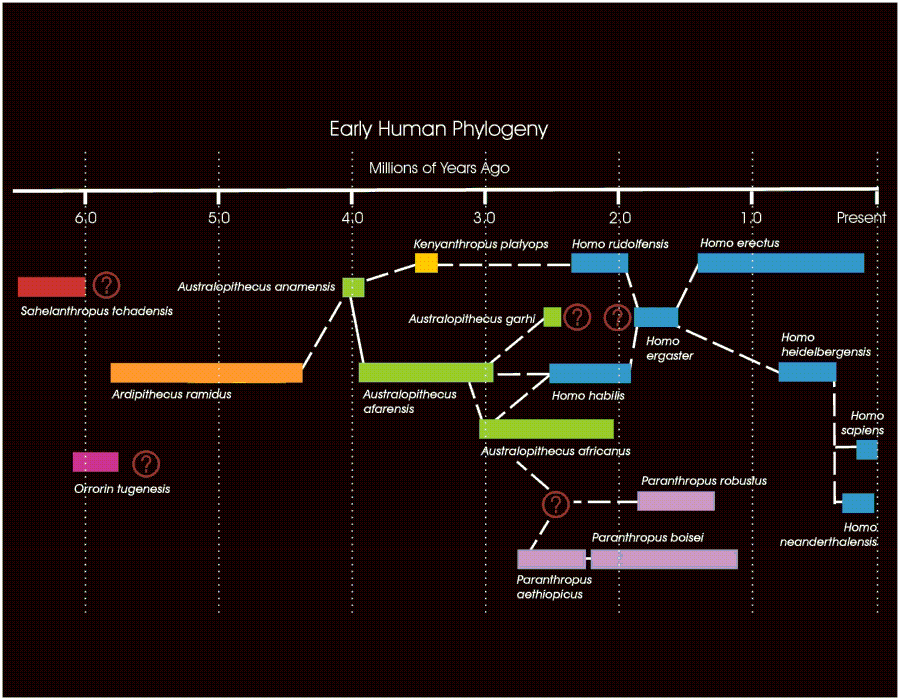Only 2 essays to go! I've just finished writing my essay on gift exchange and what it can tell us about society.
After reading (parts) of Marcel Mauss' 'The Gift', Malinowski's infamous ethnography on the Trobriand Islanders, 'Argonauts of the Western Pacific', works of John Davis and the deconstruction of Christmas by various anthropologists (I will never see Christmas in the same way), I hope I've done a good job of the subject that is routinely explored by every anthropology student.
The funny thing is that my tutor asked us to exercise an example of gift-exchange, make notes on it, and bring it to the tutorial. By chance, a childhood friend visited the other day while he was in town, and as a guest I'd bought him dinner and ice-cream. I didn't see this as a gift because I didn't expect or want anything in return; it was, anthropologically an act of 'charity' (though I obviously didn't see him as a charity case!) How surprised I was to find he'd left for my at the lodge a bunch of flowers! As part of the gift-exchange system, this was a reciprocation of the 'gift' of dinner and ice-cream he'd accepted.
The basis of the gift exchange system is that it is a universal activity, and occurs according to Marcel Mauss' 3 obligations:
- The giving of a gift
- The acceptance of a gift
- Reciprocity of a gift
Building on this, you have to distinguish between 'gift' and 'commodity' exchange. A commodity is traded for monetary value, and according to Mauss, 'to make a gift of something to someone is to make a present of some part of oneself.' (Mauss [1925]1990:12) i.e. you have to transfer part of your identity with the gift, otherwise it's just an object or a commodity without any meaning. It's this meaning that makes it the gift.
Malinowski describes the
kula, which is the gift-exchange of necklaces and bracelets, each going a certain direction around the Trobriand islands in a circular circuit (Mauss translates 'kula' as circle). (If you wanted to know, the necklaces are called
soulava and are made from red shell; the bracelets are called
mwali and made of white shell
). This process is reserved for men, in particular nobles.
Kula members have temporary possession of these prized items. But in the end, after a year or so at most, they have to pass them on. This is obligatory, because otherwise conflict and warfare could emerge, according to Malinowski and Mauss.
The Maori of Samoa, according to Mauss, believe objects like this contain a spiritual power, the
hau, which arises from previous possessions of the object, and it's this symbolic force that means people fear it that they oblige to reciprocity. I likened examples like these to contemporary capitalist societies, like American society at Christmas. Although many buy commodities as gifts, the act of transforming it by altering it, or wrapping it up, means we can convey a sense of our identity through the object, like the
hau in Maori. The fact we've specially selected this item from a homogenised mass of objects in a shop also signifies that the object is special. In fact, in the time you bought it, wrapped it and given it, you've had temporary possession of that object, familiarising yourself with it. (Carrier, in Miller's 'Unwrapping Christmas 1993). The act of Christmas shopping is a ritual, as is wrapping, much like the ritual of
kula or potlatch.
Potlatch is a gift-exchange in North America where exchanged and prized objects are destroyed to show power, but the point is that the act helps one to form a social status or hierarchy, as in the case of the Tlingit and Haida. It's an act of class struggle. You could argue the same is true in other societies, where buying objects for others actually just conceals the desire for material wealth.
The desire for material wealth can arise from conspicuous consumption. This is the idea that objects display your material wealth and thus a status of being economically better off, which is perceived in desirable in a capitalist society. I found evidence for this in Japan, where Tiffany jewellery in the 1990s was the epitome of showing your love romantically. The fact it's recognisable and visual is arguably an act of conspicuous consumption, or even insidious consumption (to provoke envy). Even temporarily possessing these items as intended gifts for someone else, satisfies the temptation of actually having bought the gift yourself, Belk might argue. (Belk, in Miller's 'Unwrapping Christmas', as before). Belk says that at Christmas, adults take over from their parents as Santa, becoming this figure as an excuse to buy themselves things that they desire.
But that's a pretty cynical view of Christmas and dismisses sentiment as the reason for giving gifts, and the example of a Trinidadian Christmas by Miller later in the book shows that materialism doesn't solely prevail in all societies in festivals. Ritual and symbolism can account for a lot, as the Trinidadian custom of giving your house a good ol' clean and paint is one what a lot of money goes towards at Christmas. Besides, gift exchange is just one aspect of Christmas.
I do like what David Mitchell has to say on British gift exchange. He's very funny, very aware of social "awkwardness", and gets himself into a tizz at the end, just like I first did trying to structure my essay.





